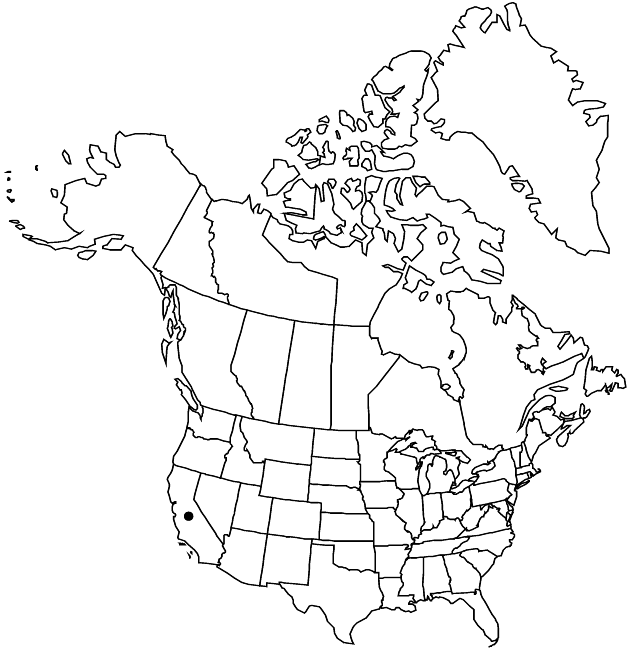Erigeron sanctarum
Proc. Amer. Acad. Arts 24: 83. 1889.
Perennials, 5–40 cm; rhizomatous (fibrous-rooted) or perhaps obscurely taprooted (taproots/primary axes not evident in collections), forming systems of relatively slender rhizomes or rhizomelike caudex branches. Stems erect (bases greenish), sparsely hirsuto-villous (hairs usually retrorse), eglandular. Leaves basal (persistent) and cauline; (bases greenish) proximal blades oblanceolate to oblanceolate-spatulate, 20–50 × 3–10 mm, gradually reduced distally, becoming linear (rarely slightly subclasping), margins entire, faces sparsely villous-hirsute, eglandular. Heads 1(–3). Involucres 6–9 × 12–17 mm. Phyllaries in 3–4 series, densely villous to hirsuto-villous, eglandular. Ray florets 45–90; corollas blue to purple, 7–13 mm, laminae not coiling or reflexing. Disc corollas 5–6.5 mm. Cypselae 1.5–2.2 mm, 2-nerved, faces sparsely strigose; pappi: outer of setae, inner of 18–25 bristles.
Phenology: Flowering Mar–Jun.
Habitat: Usually in sandy sites, grassy openings in pine woods, burned areas on sandy mesas and ridges, commonly in sagebrush, chaparral, and coastal scrub, often with Adenostoma, Ceanothus
Elevation: 50–400 m
Distribution

Calif.
Discussion
An unequivocal observation of the mode of perennation of this species has not been made.
Selected References
None.